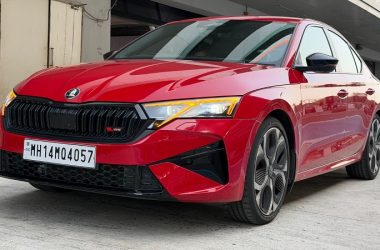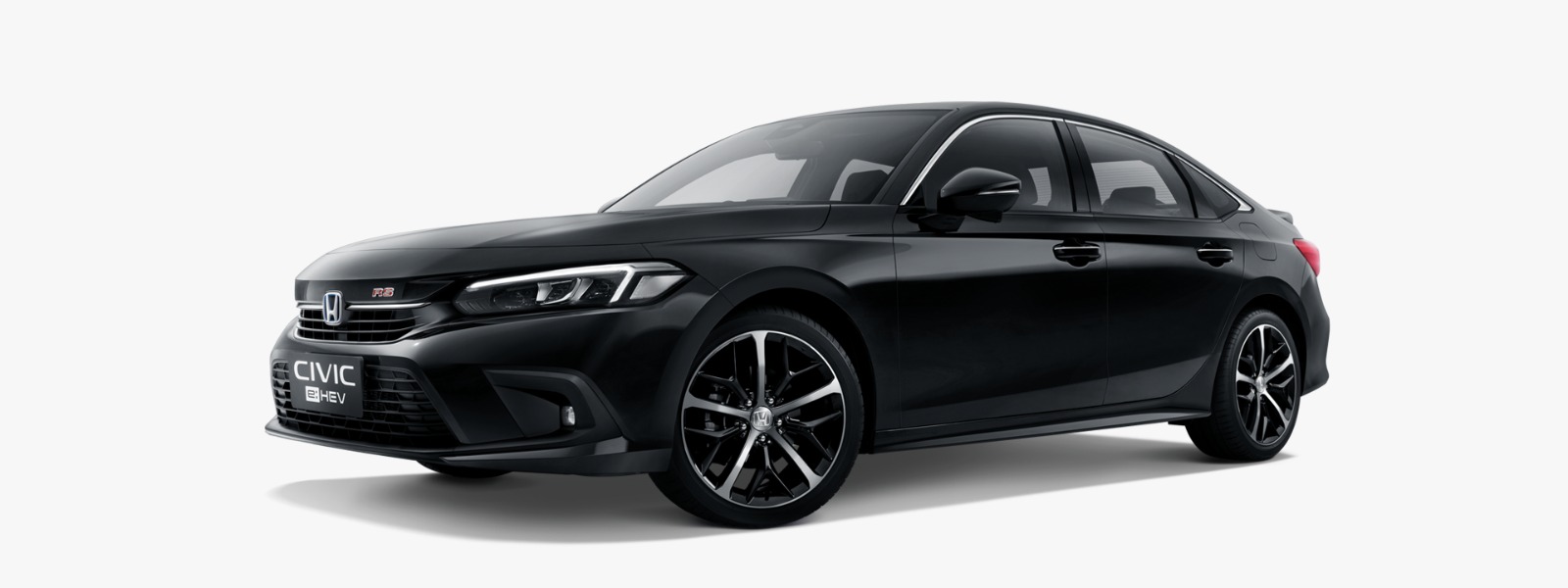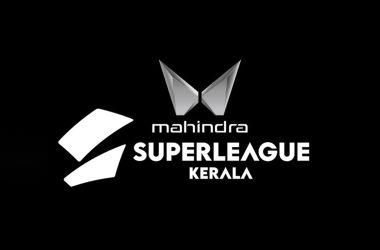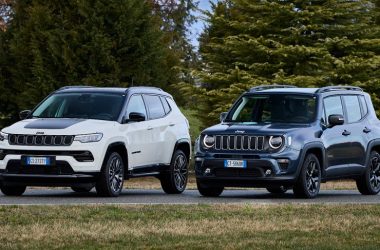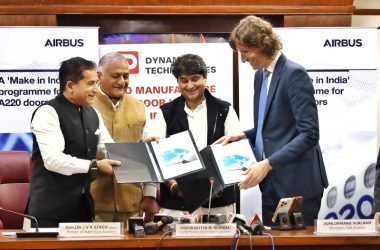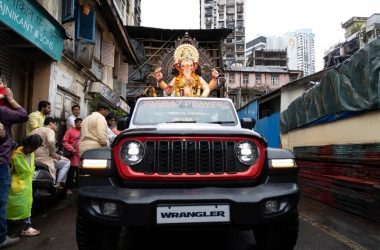In the latest installment of “Bring it to India,” we delve into the world-famous sedan, Honda’s eleventh-generation Civic. Currently available in countries such as Pakistan, China, and Bangladesh, this iconic car has the potential to fill a void in the Indian compact sedan market, left behind by the departure of Skoda Octavia, Toyota Corolla, and Volkswagen Jetta.
The Honda Civic is already being produced in Japan, Canada, the United States, China, Pakistan, Thailand, and Malaysia, under various names, such as the Honda Integra in some regions. The possibility of assembling it in India has ignited enthusiasm among automotive enthusiasts.
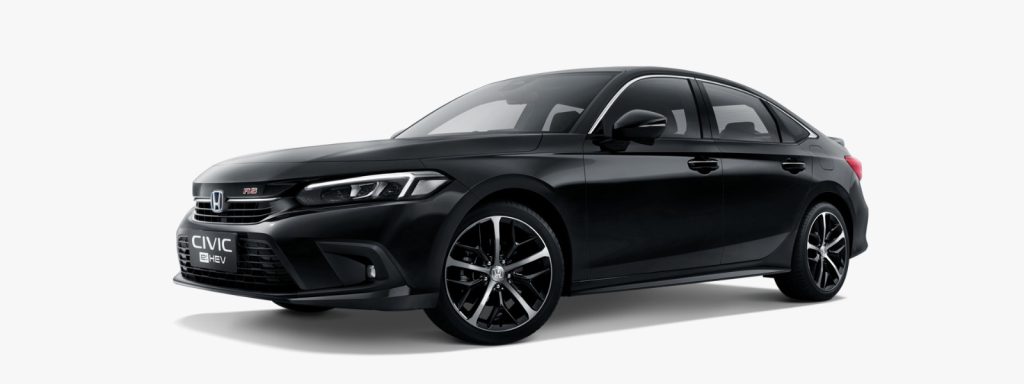
While the Indian market has seen a surge in the popularity of smaller cars, the demand for larger sedans remains strong, as evidenced by the success of models like the Honda City and Hyundai Verna. While the Civic may not dominate its segment, it is expected to garner substantial interest and sales. In a strategy similar to the swift sale of the limited numbers of Octavia RS in India, Honda could introduce the Civic at an attractive price point of approximately INR 28-30 lakhs to gauge customer interest and boost showroom foot traffic.
In Pakistan, the Civic starts at PKR 8,329,000 (equivalent to INR 24.59 lakhs) and is equipped with a 1498 cc petrol engine. It offers two power options, with the standard model emitting 127 horsepower and the powerful RS variant boasting 176 horsepower, exclusively with a CVT automatic transmission.
In Bangladesh, the Civic starts at BDT 37 lakh (about INR 28 lakh) and features a 1.5L Turbo engine delivering 175 horsepower and 240 Nm of torque, paired exclusively with a CVT transmission. The Turbo variant is the sole option available in this market.
China, on the other hand, offers the broadest range of Civic models, including the Civic Hybrid, Petrol, and Civic Hatchback. The eleventh-generation Civic in China comes with a new 1498 cc 240 Turbo engine and a CVT continuously variable transmission, providing impressive power outputs and a sporty driving experience. The petrol variant offers 179 horsepower, while the Hybrid variant delivers 140 horsepower.
Of particular interest to Indian consumers is the Thai-spec Civic, which could potentially make its way to India. Thailand offers two engine options for the Civic, a 1498 cc variant with 175 horsepower and a 1993 cc Hybrid motor with 140 horsepower. Thailand also boasts the presence of the previous-generation Civic Hatchback.
Sri Lanka currently receives the older tenth-generation Civic, a model that was briefly sold in India before being discontinued due to declining sales.
For Honda, the Indian auto market represents an opportunity to make a significant impact, and introducing the Civic could be a strategic move that not only excites dealers but also caters to the demand for larger sedans in the country. Taking calculated risks in the ever-evolving automotive landscape is crucial for maintaining a competitive edge. As for enthusiasts and potential buyers, the prospect of a red-hot Civic hitting the Indian roads is certainly an exciting one.


